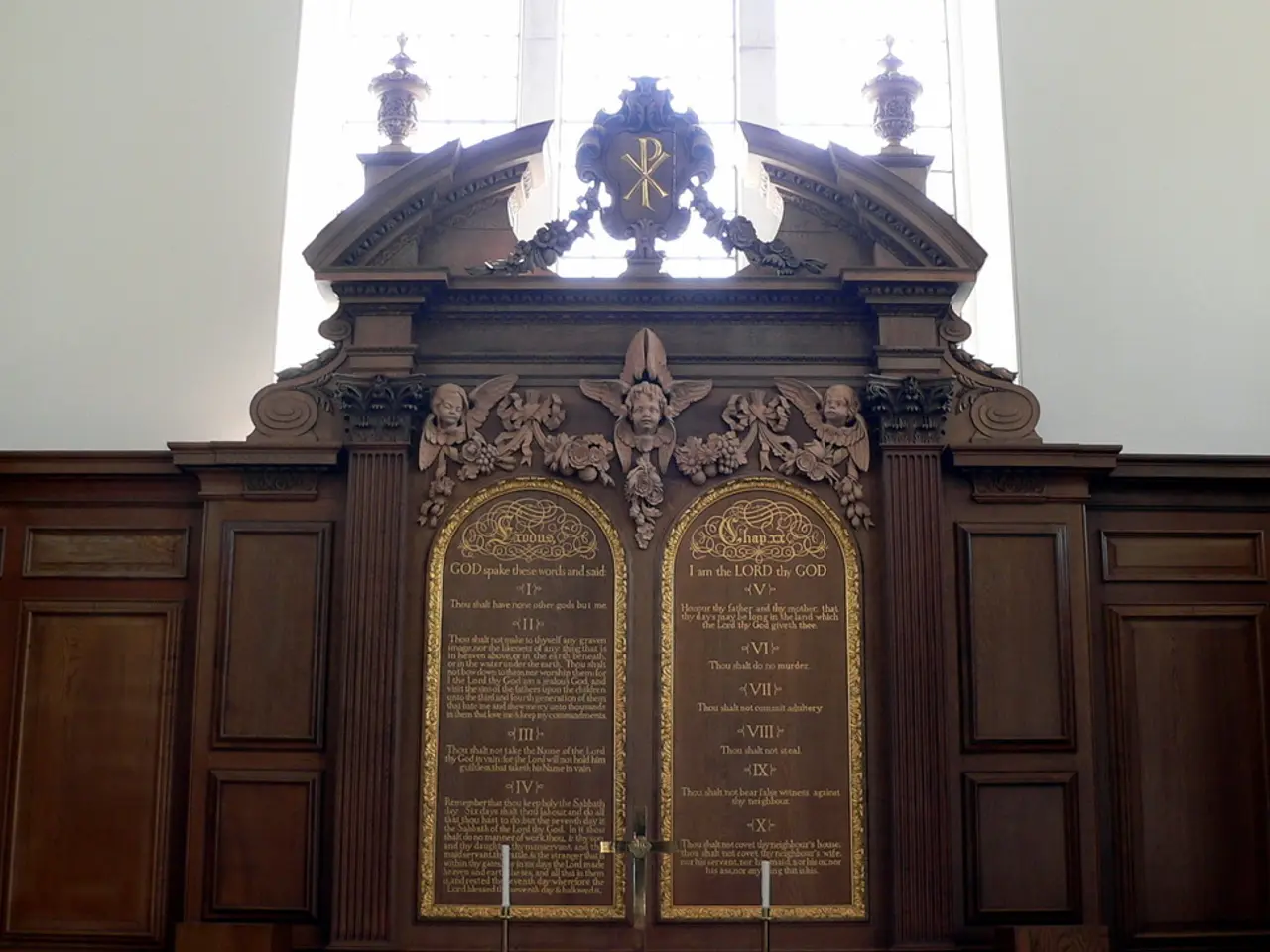Simplified Splendors: 'Cycladic Art' Exhibit at The Met Museum
The Metropolitan Museum of Art in New York City is currently hosting an extraordinary exhibit, 'The Leonard N. Stern Collection on Loan from the Hellenic Republic,' featuring 161 pieces of Cycladic antiquity. This collection, a partnership between The Met, the Ministry of Culture of the Hellenic Republic, and the Museum of Cycladic Art in Athens, is the largest collection of Cycladic works in America.
Hailing from the Cyclades, a scattering of close-knit islands in Greece, these sculptures offer a fascinating window into one of the earliest Aegean civilizations, dating back to the Early Bronze Age Cycladic culture (around 2800–2200 BCE).
The marble for these sculptures was primarily sourced from Naxos, renowned for its fine-quality marble, highly prized and widely used not only on Naxos but across the Cycladic islands and beyond. Many of these figurines have been discovered largely in burial contexts, hinting at their religious ceremonial importance.
The sculptures are primarily abstracted marble figurines, often of human forms, characterized by their minimalist shapes and refined simplicity. They symbolize the dawn of Greek sculpture and convey complex cultural ideas with minimalist forms. The sculptures' expressionless faces, the only discernible feature being their wedge-shaped noses, reflect the artistic and technical skill of the Cycladic artisans.
The exhibit features sculptures from the Early Cycladic I period, known as the Grotta-Pelos, from the first case. As one moves through the exhibit, one encounters the Keros-Syros culture, spanning from 2700 BCE to 2300 BCE, represented in the third vitrine from the right, with sculptures of smaller, more natural forms of women.
The collection's presence at major international museums allows for wider appreciation and scholarly interpretation of Cycladic art’s pivotal role in the history of Greek and European art. The sculptures have influenced many of the greats of the time, including Pablo Picasso and Amedeo Modigliani.
The rediscovery of Cycladic figures in the 19th and early 20th century brought on a renewed interest in Greek history. Some sculptures have been repaired and repainted outside of a funerary context, such as a small figurine whose leg was reattached.
The resources to learn about the sculptures and their influence are now widely accessible to the eight million people who live in New York City and the tens of millions who visit each year. The exhibit sheds light on what can be learned and appreciated now about the sculptures, such as their construction and influence in both ancient and modern times.
- The current exhibit at The Metropolitan Museum of Art, 'The Leonard N. Stern Collection on Loan from the Hellenic Republic,' showcases 161 pieces of Cycladic antiquity and provides a unique opportunity for visitors to delve into the culture and history of one of the earliest Aegean civilizations.
- This collection, a collaboration between The Met, the Ministry of Culture of the Hellenic Republic, and the Museum of Cycladic Art in Athens, features sculptures primarily made from marble sourced from Naxos, reflecting the artistic and technical skill of the Cycladic artisans.
- The marble figurines, often abstract and minimalist in design, offer insights into the lifestyle, beliefs, and cultural ideas of the Cycladic people, influencing the works of renowned artists like Pablo Picasso and Amedeo Modigliani.
- The exhibit allows for a broader appreciation and scholarly interpretation of Cycladic art's significance in the history of Greek and European art, and serves as a valuable resource for the millions of tourists and residents in New York City to learn about these ancient sculptures and their enduring influence in both the ancient and modern world.




